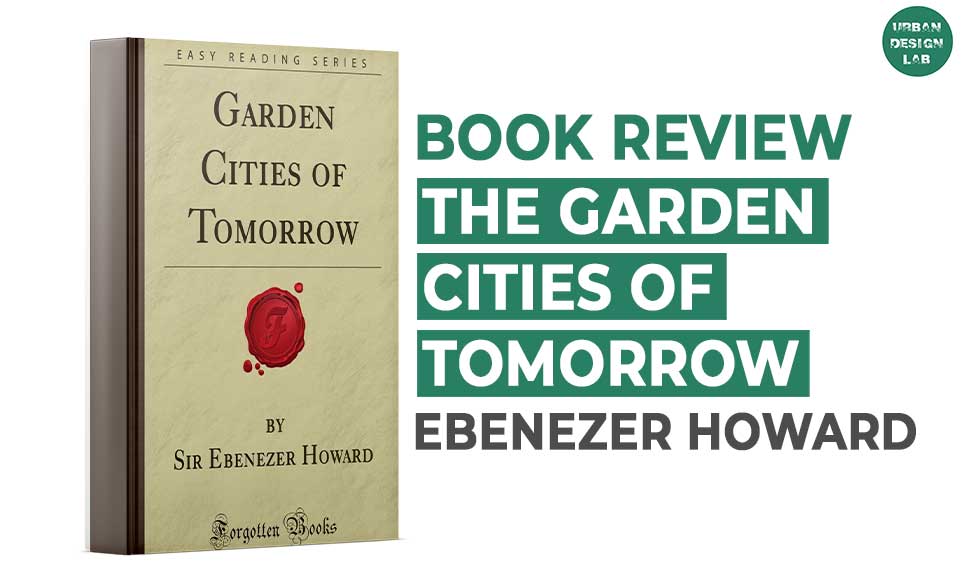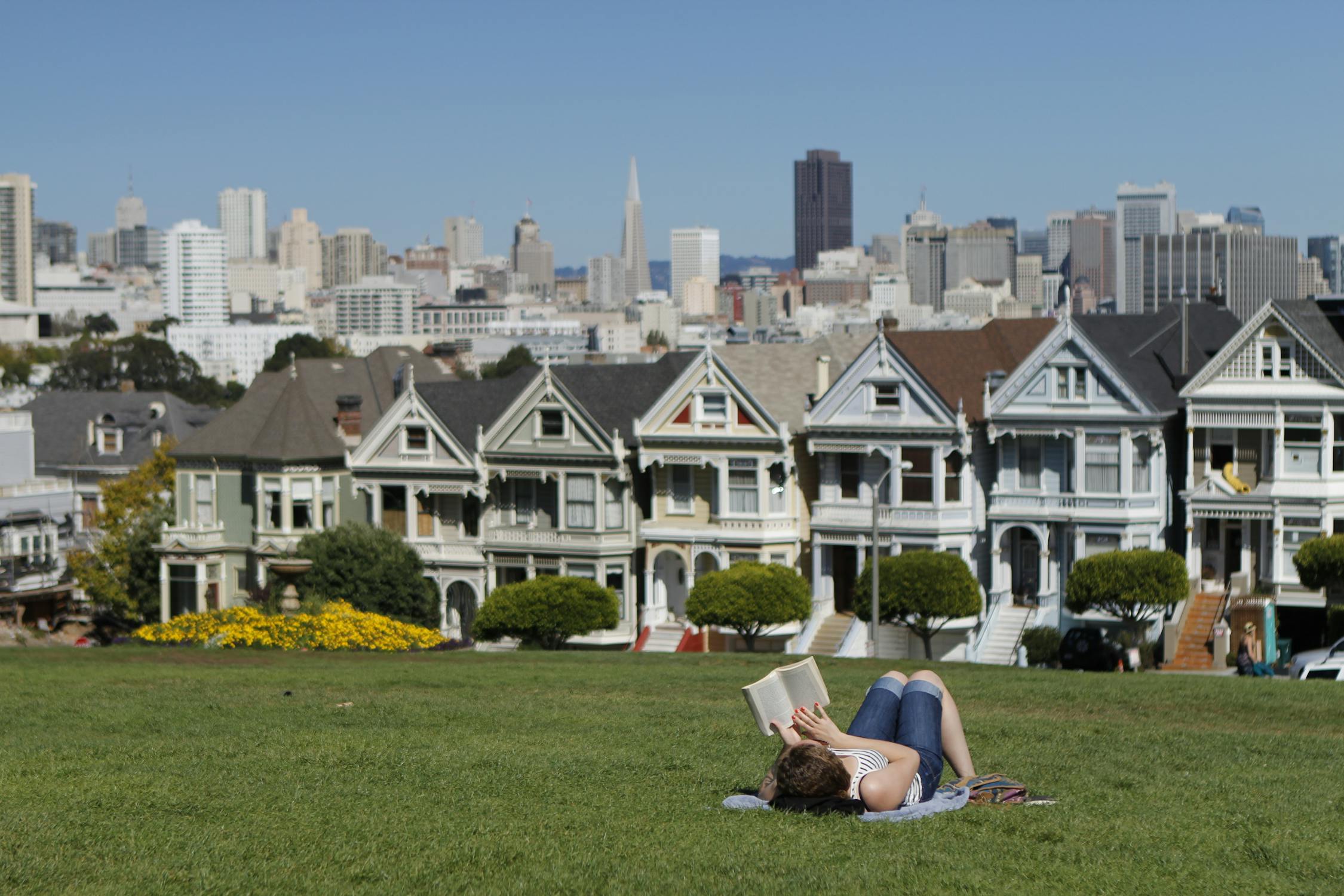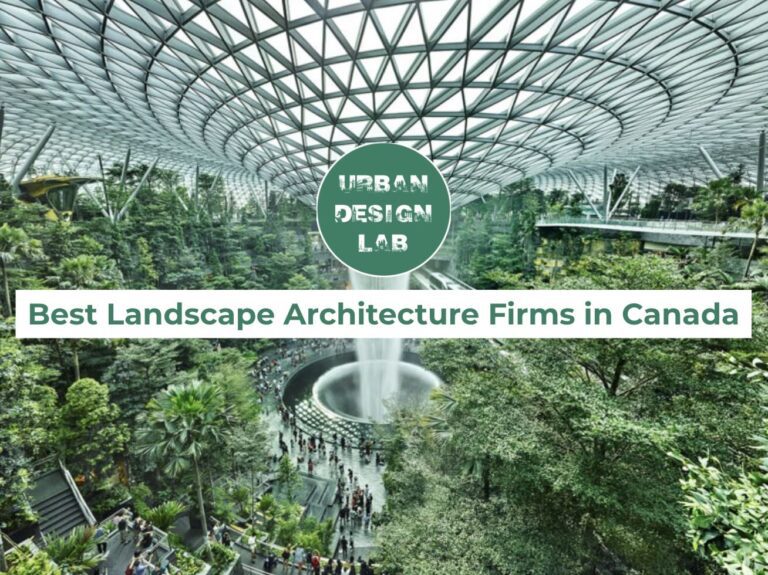
Book Review: The Garden Cities of Tomorrow by Ebenezer Howard

Ebenezer Howard: A Visionary Who Transformed Urban Planning and Architecture
Ebenezer Howard stands regarded as a visionary in the fields of urban planning and architecture who developed novel concepts that influenced how we view contemporary cities today. “The Garden Cities of Tomorrow,” one of his most well-known works, explores the idea of developing sustainable and peaceful urban settings that integrate the best aspects of both city life and nature. The main points of Howard’s book will be examined in this article, along with its effects on urban planning.
Who is Ebenezer Howard?

Urban planner and social reformer Ebenezer Howard (1850–1928) was a British national. He is well known for his idealistic plan to build balanced, self-sufficient “garden cities.” Howard’s concepts, which emphasised the value of green areas and the integration of nature into urban living, were a crucial contribution to the development of urban planning.
Understanding the Garden City Concept

According to Ebenezer Howard’s garden city theory, self-contained, planned settlements with a mix of urban and rural characteristics would be created and surrounded by greenbelts. In order to address the issues of overcrowded and polluting urban centres while enhancing the quality of life for people, Howard envisioned these cities as a harmonic fusion of the greatest elements of the countryside and the city.
- Ebenezer Howard’s concept of garden cities was developed as a planned residential community to improve urban life quality, addressing issues of overcrowding and congestion due to uncontrolled growth during the Industrial Revolution.
- Howard proposed creating small, planned cities with urban amenities and access to nature, combining the benefits of rural environments with those of urban living.
- The main features of Howard’s garden city plan included purchasing a large agricultural land area, planning a compact town surrounded by a rural belt, accommodating residents, industry, and agriculture within the town, limiting town expansion, and utilizing rising land values for the city’s welfare.
- The ideal garden city would cover a 6,000-acre tract of agricultural land, owned by a small group of individuals to control land use. The city’s revenue would be generated through rents to fund services and pay off the mortgage.
- The city’s layout would consist of a central garden with civic and cultural buildings, six main radiating avenues, followed by a park, shopping center, residential area, and industrial zone on the outer edge.
- Howard emphasized that the specific placement and planning of each garden city would be determined by its location and surroundings.
- Letchworth, a garden city located 30 miles north of London, was developed in 1903, and another called Welwyn Garden City was established nearby in 1920, following Howard’s guidelines.
- Howard’s concept of integrating country and city in a predetermined-sized planned city gained popularity and influenced the planning of subsequent new towns.
- His focus on greenbelt areas and controlled population densities became integral to suburban and city planning.


Key Ideas Presented in the book
The book highlights three essential elements of garden cities:
- A blend of urban and rural features to offer a balanced lifestyle.
- Land value capture to prevent speculation and ensure affordability.
- Cooperative ownership of land to benefit the community as a whole.

Features of Garden Cities
1. Self-Sustainability
One of the primary principles of a garden city is self-sustainability. The city should be able to meet its inhabitants’ essential needs without relying heavily on external resources. This involves carefully planning the distribution of residential, commercial, and agricultural zones to create a balanced ecosystem within the city.
2. Green Spaces and Greenbelts
The concept of garden cities revolves around abundant green spaces. Each garden city is surrounded by greenbelts, preventing urban sprawl and preserving natural landscapes. Parks, gardens, and tree-lined streets are incorporated throughout the city to provide residents with ample opportunities for leisure, recreation, and fresh air.
3. Community Cooperation
A garden city fosters a strong sense of community cooperation and engagement. Residents actively participate in decision-making processes, encouraging a more democratic and inclusive approach to governance. This involvement promotes social cohesion and a shared responsibility for the well-being of the city.
4. Mixed Housing Types
To create a socially diverse community, garden cities promote a mix of housing types. This includes affordable housing options alongside more luxurious residences, ensuring that people from various economic backgrounds can coexist harmoniously.
5. Efficient Transportation
An essential component of garden cities is effective transportation. In order to decrease dependency on private vehicles and reduce traffic congestion and air pollution, Howard’s concept included thoughtfully built roads, bicycle lanes, and public transportation networks.
Real-World Garden Cities
1. Letchworth Garden City, England
The first garden city in the world was Letchworth Garden City, which was founded in 1903. It set a standard for subsequent urban projects and was built in accordance with Howard’s concepts. Letchworth successfully combines the advantages of city life with the serenity of the outdoors.

2. Welwyn Garden City, England
Another notable example is Welwyn Garden City, founded in 1920. Like Letchworth, Welwyn incorporates green spaces and thoughtful urban planning, creating a sustainable and attractive living environment.

3. Radburn, New Jersey, USA
Radburn, built in the 1920s, was one of the first garden cities in the United States. It emphasized walkability, communal facilities, and greenery, setting a trend for modern community-oriented planning.

Review and Analysis of the Book
Strengths
- Forward-thinking: Howard’s ideas were significantly ahead of their time, incorporating principles of sustainability and green living into urban planning.
- Holistic approach: The book takes a comprehensive view of city planning, addressing not only economic aspects but also social and environmental factors.
- Visionary concepts: Howard’s vision of self-sufficient and harmonious communities remains a compelling influence on modern urban development.
Strengths
- Practicality: Some critics argue that implementing garden cities on a large scale might face challenges due to land and financial constraints. The acquisition of vast land areas and the costs involved in creating such communities could limit their feasibility.
- Cultural context: The book’s focus on British society raises questions about how applicable its ideas are to different cultural and geographical contexts. Urban planning needs to consider the unique aspects of each region, and a one-size-fits-all approach may not be suitable.
- Social equity: Critics have pointed out that Howard’s vision of garden cities might not fully address issues of social inequality. While the concept aimed to create harmonious communities, there could be challenges in ensuring equal access to resources and opportunities for all residents.
Download Editable Resume Templates
Create a Stunning Professional CV
Free Editable Templates
The Relevance in the 21st Century
The challenge of urbanisation is one that the globe faces more and more in the twenty-first century. More people are lured to cities as the world’s population continues to increase in quest of better employment prospects and living conditions. Rapid urbanisation, however, is associated with a number of problems, including resource depletion, environmental deterioration, an increase in carbon emissions, and overcrowding in metropolitan areas. In this setting, Ebenezer Howard’s garden city idea shines out as a source of inspiration and insightful knowledge.

1. Addressing Climate Change
Cities are the largest producers of greenhouse gas emissions, which is a serious global issue. Most of the carbon dioxide emissions that contribute to the greenhouse effect and climate change are produced in urban areas. Garden cities encourage the planting of trees, green areas, and a decrease in reliance on automobiles as a sustainable alternative. The incorporation of nature into the urban landscape not only improves the beauty of the city but also helps to sequester carbon, reducing the environmental impact of urban areas.
2. Combating Overpopulation
Cities get more and more crowded as urban populations rise, placing stress on resources and causing congestion. A well-designed, roomy, and harmonious living environment is offered by garden cities. Garden cities successfully control population growth while providing people with a higher standard of living by building self-sufficient communities with thoughtfully planned residential, commercial, and agricultural zones.
3. Fostering Sustainable Living
As the globe struggles with limited resources and environmental issues, the idea of sustainability has gained popularity. By reducing trash, supporting energy-efficient infrastructure, and fostering green transportation options, garden cities serve as the model for sustainable living. Garden cities serve as an example of how contemporary communities can thrive without compromising the wellbeing of coming generations through the thoughtful integration of green spaces, urban agriculture, and eco-friendly technologies.
5. Encouraging Biodiversity and Ecosystem Preservation
Natural ecosystems are frequently destroyed as urban areas grow in order to make room for development. Ecosystems and the planet as a whole may suffer significant effects as a result of this loss of biodiversity. Greenbelts, parks, and wildlife corridors are prioritised in garden cities to maintain nature’s place in the urban environment. Garden cities promote ecosystem services necessary for human life by establishing habitats for a variety of plant and animal species. This biodiversity conservation effort is made possible.

Conclusion:
In conclusion, Ebenezer Howard’s “The Garden Cities of Tomorrow” remains a timeless masterpiece that holds immense relevance in the 21st century. As we confront the challenges of rapid urbanization, climate change, and the imperative for sustainable living, Howard’s garden city concept offers a forward-thinking and pragmatic solution. The principles of garden cities, encompassing sustainable development, community engagement, and harmonious coexistence with nature, are as vital today as they were during the late 19th century.
By embracing and implementing the garden city principles, urban planners and policymakers can shape a better, greener, and more inclusive future for urban development. The garden city concept stands as a testament to the power of visionary ideas in shaping urban landscapes that prioritize the well-being of both people and the environment.

Urban Design Lab
About the Author
This is the admin account of Urban Design Lab. This account publishes articles written by team members, contributions from guest writers, and other occasional submissions. Please feel free to contact us if you have any questions or comments.
Related articles


Architecture Professional Degree Delisting: Explained

Periodic Table for Urban Design and Planning Elements


History of Urban Planning in India

Best Landscape Architecture Firms in Canada
UDL Illustrator
Masterclass
Visualising Urban and Architecture Diagrams
Session Dates
17th-18th January 2026

Urban Design Lab
Be the part of our Network
Stay updated on workshops, design tools, and calls for collaboration
Curating the best graduate thesis project globally!

Free E-Book
From thesis to Portfolio
A Guide to Convert Academic Work into a Professional Portfolio”
Recent Posts
- Article Posted:
- Article Posted:
- Article Posted:
- Article Posted:
- Article Posted:
- Article Posted:
- Article Posted:
- Article Posted:
- Article Posted:
- Article Posted:
- Article Posted:
- Article Posted:
- Article Posted:
Sign up for our Newsletter
“Let’s explore the new avenues of Urban environment together “










































